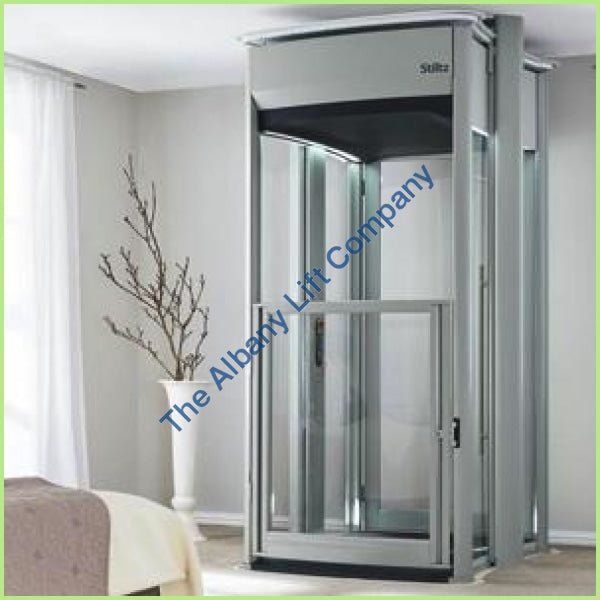Exploring the Globe of Elevators: Typical Problems Dealt With by Numerous Lift Systems
As we browse with the vertical transport systems of modern structures, elevators stand out as an important part of our day-to-day lives. From hydraulic elevators to traction systems and machine-room-less layouts, each lift type comes with its collection of typical concerns.
Hydraulic Lifts
Hydraulic elevators, commonly liked for low-rise buildings, utilize fluid pressure to regulate the movement of the lift vehicle (lift repair companies). This system includes a hydraulic pump pressing oil into a cylinder, triggering the lift to move in the preferred direction. While hydraulic elevators are known for their smooth and peaceful procedure, they do come with their very own collection of common issues
One widespread trouble with hydraulic lifts is oil leak. Additionally, problems with the control system, such as malfunctioning valves or a malfunctioning pump, can trigger disturbances in the elevator's movement.
Normal maintenance and punctual repair services are necessary to guarantee the smooth functioning of hydraulic lifts. By resolving these typical issues proactively, structure owners can lessen downtime and ensure the safety and performance of their vertical transport system.
Traction Elevators
When considering vertical transportation systems in structures, another common kind other than hydraulic elevators is the traction elevator. Grip elevators run making use of a system of ropes and counterweights that move the elevator vehicle by grasping onto the hoist ropes. This system enables smoother and quicker upright transportation contrasted to hydraulic systems.
Among the usual issues dealt with by traction elevators is rope wear. The constant movement of the ropes within the grip system can result in tear and use with time, possibly creating the elevator to malfunction or come to be unsafe for usage. Routine evaluations and upkeep of the ropes are vital to guarantee the elevator's correct functioning and safety and security.
Another problem that traction elevators may experience is connected to the control system. Problems with the control system can result in issues such as erratic activity, hold-ups in reaction times, or even total shutdowns. Normal testing and upkeep of the control system are crucial to avoid such issues and make sure the lift's integrity.
Machine-Room-Less (MRL) Elevators

Among the vital components of MRL elevators is the compact gearless grip equipment that is set up within the hoistway. This device successfully drives the lift cars and truck without the need for large equipment located in typical grip lifts. In addition, MRL lifts usually utilize a weight system to balance the car, additional improving their power effectiveness.
Regardless of their advantages, MRL lifts may encounter challenges connected to repair and maintenance as a result of the constrained space for devices setup. Access for servicing elements within the shaft can be restricted, needing specialized training for specialists. Correct upkeep schedules and routine evaluations are important to make certain the ongoing smooth procedure of MRL elevators.
Overloading and Weight Limitation Issues
Are elevators geared up to take care of excess weight loads efficiently and securely? Overwhelming and weight limitation issues are vital problems in lift operations. Lift producers layout lifts with particular weight abilities to make sure guest safety and tools durability. Surpassing these weight limitations can lead to different problems, consisting of mechanical failings, hold-ups, and security threats.
When elevators are overloaded, it places disabled platform lifts prices uk excessive pressure on the electric motor, wires, and other parts, potentially causing breakdowns or malfunctions. Safety and security devices such as sensors and overload sensing units remain in area to protect against lifts from moving if they find excess weight. Additionally, surpassing weight limitations can cause enhanced energy consumption and damage on the elevator system.
To reduce overloading concerns, constructing managers must prominently show weight limitations in lifts and educate owners on the importance of sticking to these constraints - lift repair companies. Regular upkeep checks by certified specialists can additionally aid make certain that lifts are running within secure weight criteria. By addressing overloading and weight limit issues proactively, building proprietors can enhance elevator safety and effectiveness
Electrical System Failings
Exceeding weight limitations in lifts can not only bring about mechanical problems but likewise possibly contribute to electric system failures within the lift facilities. Electrical system failings are a vital worry in lift operation, as they can create unforeseen shutdowns, malfunctions, and even safety and security hazards. One usual electrical problem is the getting too hot of elements because of extreme current circulation brought on by overwhelming the lift past its ability. This can lead to harm to the wiring, control, or electric motor systems, resulting in costly repair services and downtime.
Routine maintenance and assessments are vital to recognize and deal with possible electrical problems quickly, guaranteeing the safe and reliable operation of lift systems. By sticking to weight limits and conducting routine electric system checks, structure proprietors can minimize the risk of electrical failures in elevators.
Final Thought

Hydraulic elevators, frequently chosen for low-rise buildings, utilize fluid pressure to regulate the movement of the lift auto.When considering vertical transportation systems in buildings, an additional common type apart from hydraulic elevators is the traction lift. Traction lifts lift companies in London operate utilizing a system of ropes and counterweights that relocate the elevator auto by gripping onto the hoist ropes. Unlike conventional elevators that need a separate equipment space to house the equipment, MRL lifts incorporate most of the elements within the shaft, getting rid of the demand for a devoted equipment area.In conclusion, elevators face lift companies in London usual problems such as hydraulic malfunctions, grip system failings, and electric system issues.